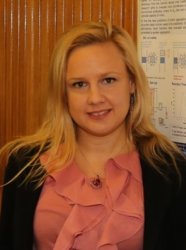BibTex format
@article{Hou:2012:10.1186/2046-1682-5-8,
author = {Hou, Y and Hedberg, S and Schneider, IC},
doi = {10.1186/2046-1682-5-8},
journal = {BMC Biophysics},
title = {Differences in adhesion and protrusion properties correlate with differences in migration speed under EGF stimulation},
url = {http://dx.doi.org/10.1186/2046-1682-5-8},
volume = {5},
year = {2012}
}

